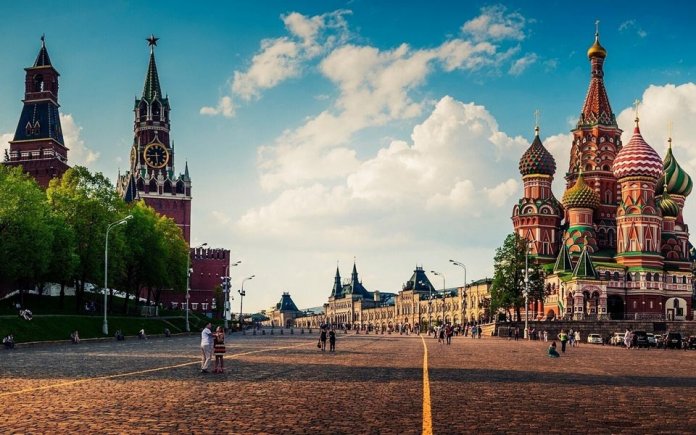Deputy Mayor of Moscow Marat Khusnullin, speaking at the 5th Moscow Urban Forum, cited research data from PricewaterhouseCoopers (PwC). This consulting company conducted a comparative analysis of Moscow and 12 other cities in the world, roughly comparable with it in terms of area and population, for the following factors: the level of medical care and its availability, safety, comfort, overall quality of life, economic impact, environmental situation and dynamics of all these factors for 2010-2015.
Introducing you development rating of the world's megacities.
5. New York
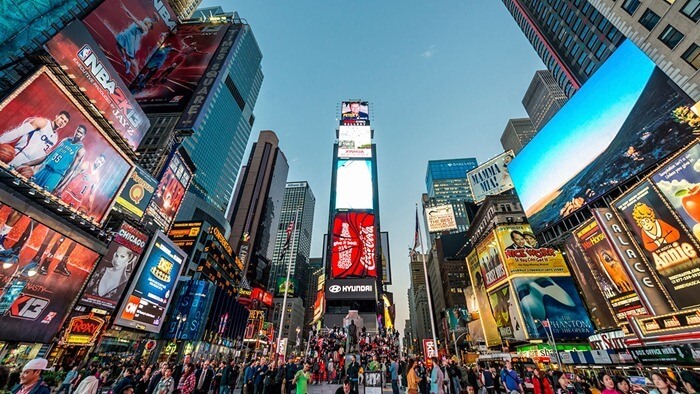 The largest city in the United States with a population of about 8.5 million people in terms of development is experiencing some decline. Budget capital expenditures in this metropolis over the past five years have decreased by 7.1%, the amount of living space per capita has decreased by 0.7 square meters. m. But the transport network continues to develop: for the first time in the past 25 years, a new metro station has opened.
The largest city in the United States with a population of about 8.5 million people in terms of development is experiencing some decline. Budget capital expenditures in this metropolis over the past five years have decreased by 7.1%, the amount of living space per capita has decreased by 0.7 square meters. m. But the transport network continues to develop: for the first time in the past 25 years, a new metro station has opened.
4. Berlin
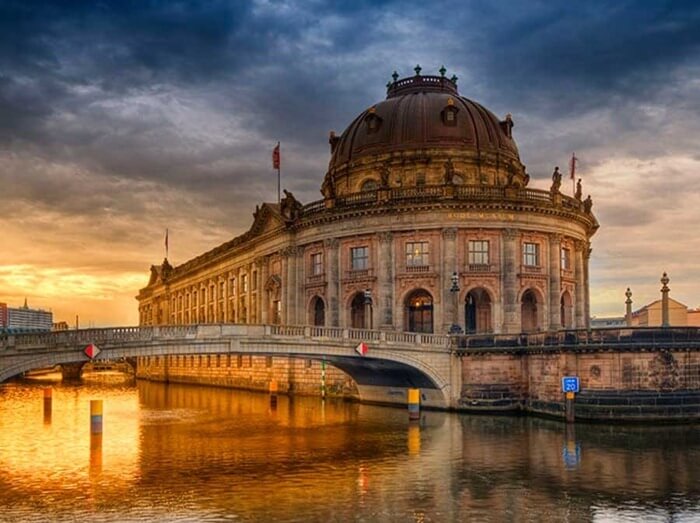 The largest metropolitan area in Germany is home to about 4 million citizens. According to the research, Berlin ranks first in the development of rail transport. The city has a complex and extensive transport infrastructure: 5334 kilometers of roads, about a thousand bridges, two airports, and the metro has 9 main lines with a total length of 150 km. There are also so-called. city electric trains with a total length of 331 km. And for cyclists (a very popular way of moving around the city among Germans) special bike paths have been laid, the movement along which is regulated by separate sections of traffic lights.
The largest metropolitan area in Germany is home to about 4 million citizens. According to the research, Berlin ranks first in the development of rail transport. The city has a complex and extensive transport infrastructure: 5334 kilometers of roads, about a thousand bridges, two airports, and the metro has 9 main lines with a total length of 150 km. There are also so-called. city electric trains with a total length of 331 km. And for cyclists (a very popular way of moving around the city among Germans) special bike paths have been laid, the movement along which is regulated by separate sections of traffic lights.
3. Beijing
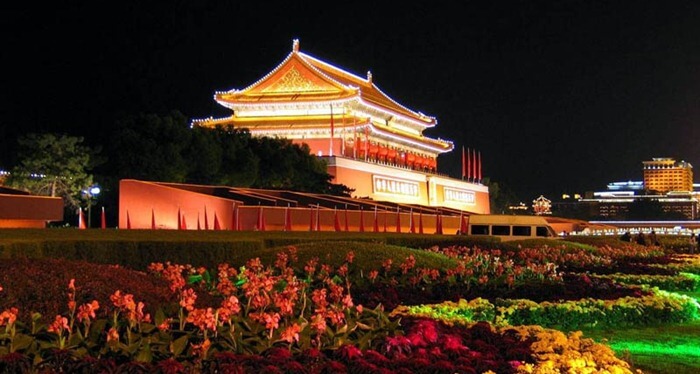 The ancient capital of China also entered the top 5 most dynamically developing megalopolises. It is generally believed that in terms of economic development, this city is inferior to such giants as Shanghai and Hong Kong, but the situation is beginning to change. Beijing creates a favorable environment for entrepreneurs and the creation of innovative enterprises. This is reflected in the average annual growth rate of real estate: according to PwC experts, Beijing is leading in this regard. Every year the area of retail real estate increases by 9.3%. This rapid development was largely made possible by the multitude of Chinese and foreign companies that specialize in venture capital financing.
The ancient capital of China also entered the top 5 most dynamically developing megalopolises. It is generally believed that in terms of economic development, this city is inferior to such giants as Shanghai and Hong Kong, but the situation is beginning to change. Beijing creates a favorable environment for entrepreneurs and the creation of innovative enterprises. This is reflected in the average annual growth rate of real estate: according to PwC experts, Beijing is leading in this regard. Every year the area of retail real estate increases by 9.3%. This rapid development was largely made possible by the multitude of Chinese and foreign companies that specialize in venture capital financing.
2. London
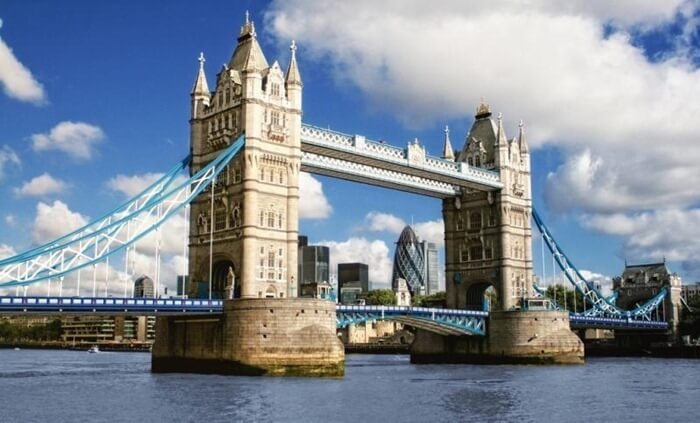 The second largest city in Europe, with 8.5 million inhabitants, competes with New York for the title of the world's leading financial center, and the GDP of the metropolis is second only to Tokyo, New York and Paris. According to the research, the average annual growth rate of investments in fixed assets is 5.1%. And although the demand for housing in the city of Shakespeare and Sherlock Holmes still exceeds supply, over the past five years the number of living space per capita has increased by 0.7 square meters. m, and the capacity of kindergartens increased by 3%.
The second largest city in Europe, with 8.5 million inhabitants, competes with New York for the title of the world's leading financial center, and the GDP of the metropolis is second only to Tokyo, New York and Paris. According to the research, the average annual growth rate of investments in fixed assets is 5.1%. And although the demand for housing in the city of Shakespeare and Sherlock Holmes still exceeds supply, over the past five years the number of living space per capita has increased by 0.7 square meters. m, and the capacity of kindergartens increased by 3%.
1.Moscow
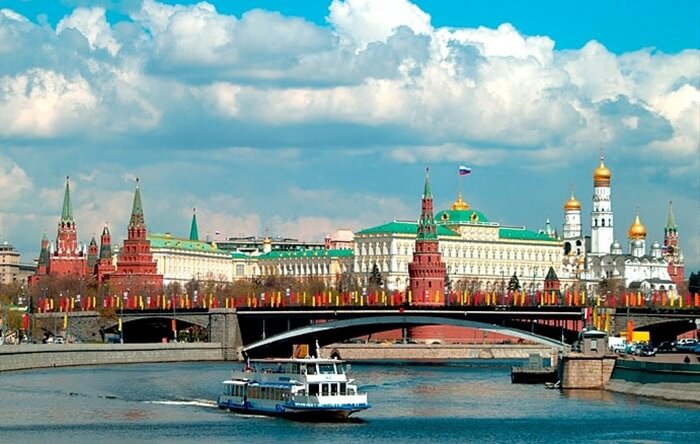 According to PwC experts, the average annual growth rate of investments in fixed assets (8.2%) brings the Russian capital to the first place in the ranking, exceeding the same indicators of London by 3.1%. Moscow ranks first in terms of the average annual growth rate of office real estate (4%), and in terms of growth in retail real estate (7.7%) it gives precedence only to the capital of the PRC (9.3%).
According to PwC experts, the average annual growth rate of investments in fixed assets (8.2%) brings the Russian capital to the first place in the ranking, exceeding the same indicators of London by 3.1%. Moscow ranks first in terms of the average annual growth rate of office real estate (4%), and in terms of growth in retail real estate (7.7%) it gives precedence only to the capital of the PRC (9.3%).
The rail transport network of the Russian metropolis is second only to the Berlin one and continues to develop intensively - since 2010, 17 new metro stations have been commissioned.Moscow is the leader in the fastest growth of the road network commissioning - its area has grown by 10%. And the budgetary capital expenditures amounted to 3.1% (which is higher than the indicators of both London and New York). Moscow has the highest growth rates in terms of the number of built square meters per capita: it increased by 1.7 square meters. m. The number of places in kindergartens increased by 18%, which is 15% higher than in London. Thus, in terms of the sum of indicators, the First Throne deservedly receives the title of the most dynamically developing metropolis in the world in 2015.

